Teaching Ideas
Explore jumping-off points that deepen discussions, inspire reading interest, and support connections to books and authors. Easily share and include in your instructional plans, newsletters, and social media.
Classics Reimagined (9-12)
Infuse TeachingBooks resources into your high school ELA curriculum. These ideas can easily be transferred to other classics/texts.
1984 | The Bluest Eye | The Catcher in the Rye | The Great Gatsby | The House on Mango Street | Lord of the Flies | Macbeth | The Odyssey | Romeo & Juliet | To Kill a Mockingbird
1984
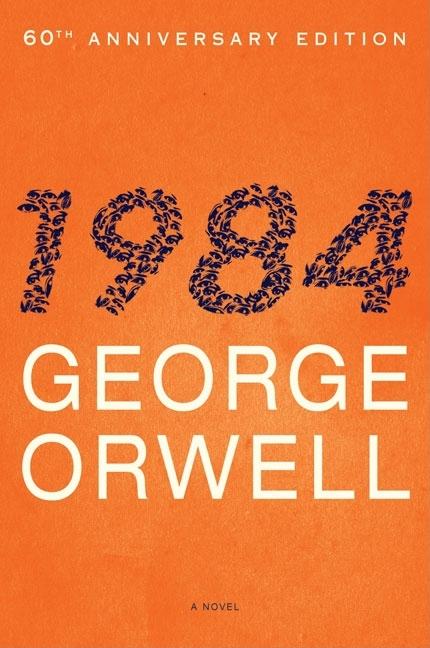
Use the Dystopia Lesson from Read Write Think and find the section titled “Dystopias: Definitions and Characteristics” to consider the characteristics of a dystopia.
Then, listen to the audio excerpt and write down any characteristics of dystopia that you can detect. Which did you choose, and why?
Watch the video book trailer. Compare to book trailers of other dystopian novels such as The Testing and All Rights Reserved and think back to those characteristics of a dystopia that you’ve already outlined. Which characteristics appear across all the trailers? Why do you think these particular characteristics show up the most often?
The Bluest Eye
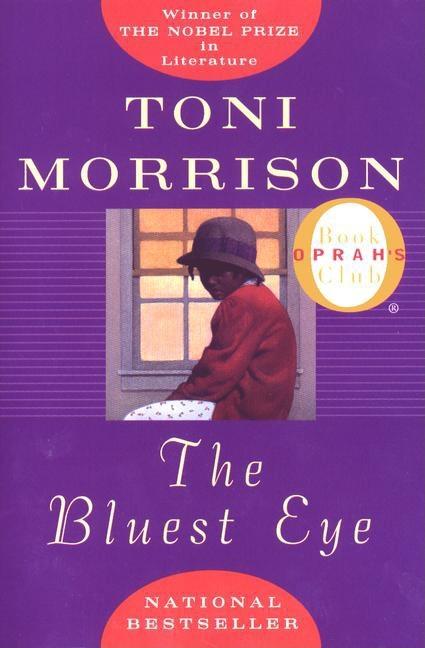
Listen to this audio excerpt of the first pages of The Bluest Eye. Note what the reader’s voice is doing in terms of tone and speed and how it reflects the way the text is structured in the book. What is the purpose of repetition and change here?
Listen to the Meet-the-Author Recording for Alicia D. Williams' Genesis Begins Again, where she talks about colorism. How do her comments apply to Pecola’s experiences in The Bluest Eye? What is the cultural significance of these conversations happening in contemporary young adult literature?
Use the Cultural Representation Reflection to think about differences and similarities in your own lives to those of the characters in The Bluest Eye.
The Catcher in the Rye
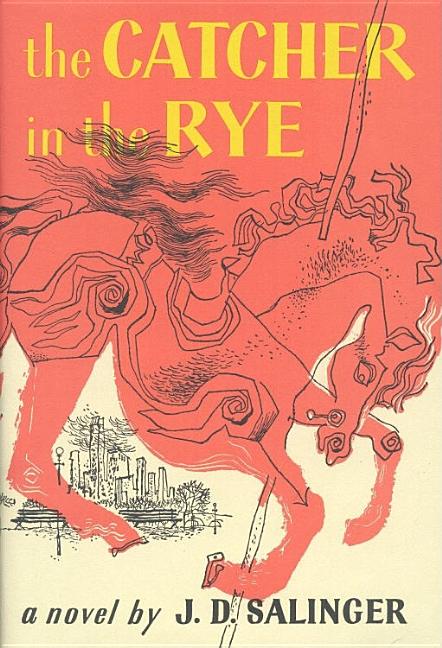
Use this lesson plan from Think Map Visual Thesaurus to map the vernacular terms Holden uses in The Catcher in the Rye. Do any of these terms resonate with you today? What contemporary terms (that are appropriate to share in a classroom) carry similar meaning?
Take a look at this list of Read Alikes for The Catcher in the Rye. Pick two books from the list and read their summaries. Use what you learn in the summary to explain why you think the books are read alikes for The Catcher in the Rye.
Working with a partner, fill out the Text Complexity rubric for this title. Use textual evidence to support your ideas. Which categories did you and your partner immediately agree on regarding ratings? Which ones required more discussion, and why do you think that is?
The Great Gatsby
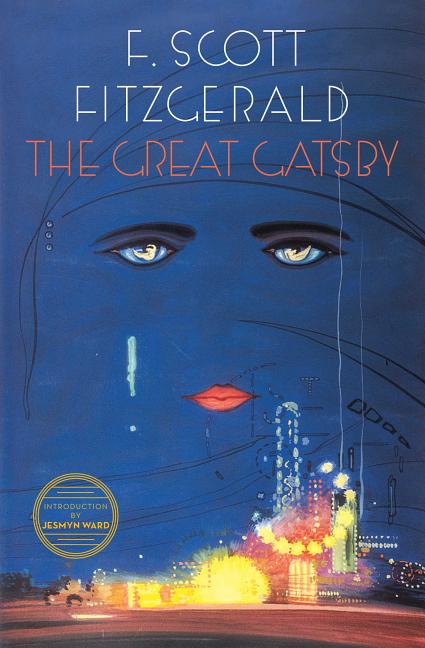
Use Lesson 5 in this teacher’s guide to consider figurative language in the text. Then, use the Google Preview of this graphic novel adaptation to view how the story can be told through images. Which figurative language elements are represented visually in the graphic novel, and how so?
Listen to the audiobook excerpt of the first three pages of The Great Gatsby and write down any themes you detect. Then, explore graphic adaptation further by using a Graphic Novel Multi-Leveled Lesson to analyze the first several pages of the graphic novel. What choices do the writer and illustrator make to demonstrate the essence of these first few pages of the novel?
Listen to the audiobook excerpt from Anna-Marie McLemore’s Self-Made Boys, a queer Great Gatsby retelling. Compare to the opening scene in The Great Gatsby. What changes does McLemore make to her adaptation, and what similarities do you detect? Why might a revision of The Great Gatsby featuring new voices be important?
The House on Mango Street
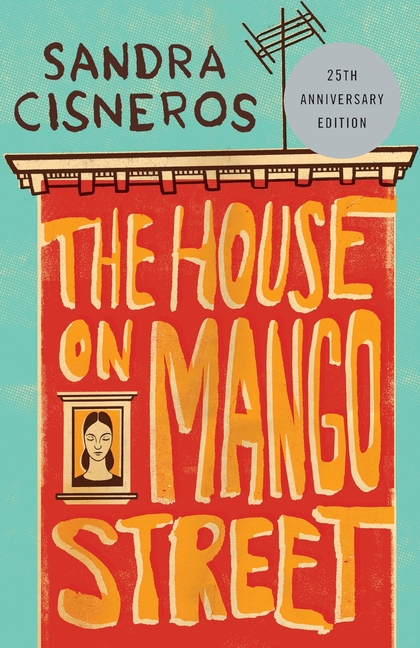
Listen to this audiobook excerpt. Now, write the scene from the perspective of one of the three sisters. What did you choose to emphasize and why?
Watch the video of On Writing with Sandra Cisneros. As you watch and listen, write down the lines or ideas that resonate with you. How might you relate what Cisneros highlights in this video to Esperanza’s experiences in The House on Mango Street?
Watch the trailer for the theatrical production of The House on Mango Street. What are the major differences between the theatrical adaptation and the book? What omissions do you notice, and how do they affect your perception of this story?
Lord of the Flies
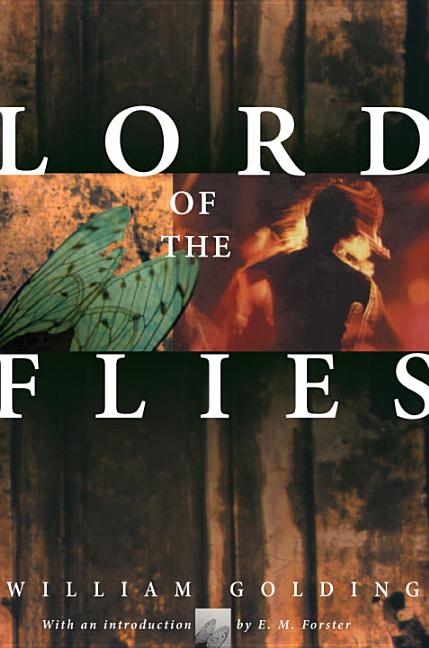
Watch the trailer for The 100, the CW adaptation of a book that many have compared to Lord of the Flies. What echoes of Lord of the Flies do you see? What is the significance of taking those elements of Lord of the Flies and adapting them to a science fiction environment?
Use Read Write Think’s text messaging assignment to imagine Lord of the Flies in our own era.
List out the themes you recognize in the novel, then watch the three video trailers for adaptations. How do these themes come through visually? Which themes are most apparent?
Macbeth

Use the Poetry Multi-Leveled Lesson to explore Shakespeare’s use of language.
Have students act out the 32-second Macbeth from the Folger Lesson Plan. Then discuss what major characters and elements from the full-length play made it into the 32-second version and why.
Consider contemporary YA adaptation with Hannah Capin’s Golden Boys Beware (originally titled Foul is Fair). Use the Google Preview to read the first few chapters, and then consider the following questions: What similarities do you see in character, plot, and theme? What is the purpose of adapting Macbeth from Lady Macbeth’s point of view in a contemporary setting?
The Odyssey
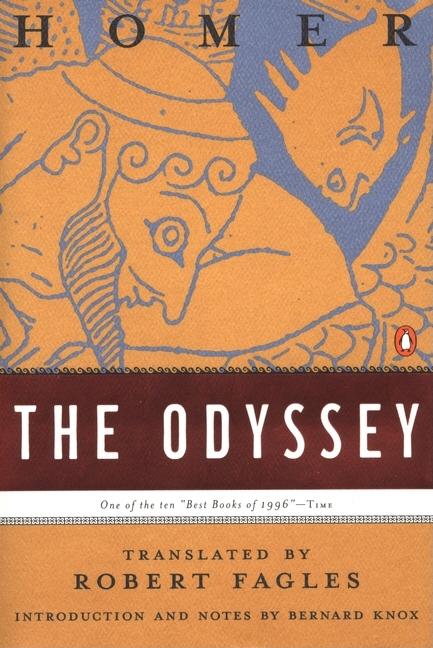
Read pages 1-13 of Gareth Hinds’ graphic adaptation of The Odyssey using the Google Preview option. Compare the illustrated version with its corresponding scenes in the original. How does the artist convey the scene beyond words?
Next, think more about adaptation by reading Gareth Hinds’s Guest Blog Post on creating art for adapted works. Using this information for context, consider the artistic choices he made in adapting The Odyssey. What elements of the story did he omit or enhance from the scene you read?
Listen to the Meet-the-Author Recording for Madeline Miller’s Circe, a retelling of The Odyssey from the goddess Circe’s perspective. Note how Miller says she wanted to “flip the script” and give a cameo character a story of her own. Brainstorm other characters in The Odyssey you think deserve their own stories. Consider what their story could be and describe it in a free write.
Romeo & Juliet
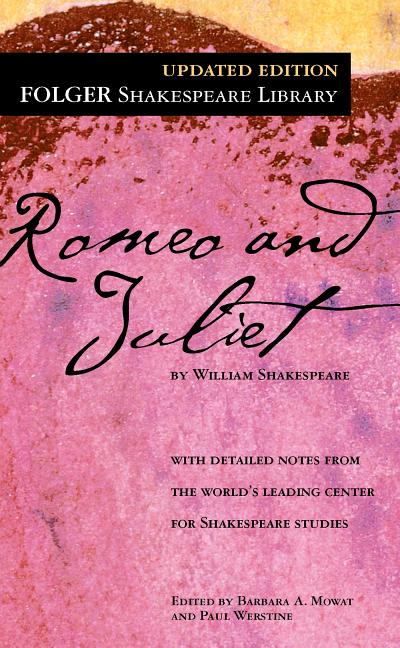
Pick three book trailers to watch and compare. Then answer the following questions:
What aspects of the plot of Romeo & Juliet do they highlight?
Why do you think the creators chose these particular elements to highlight?
What do these elements tell you about the themes of the play?
Listen to the Meet-the-Author Recording for Chloe Gong’s These Violent Delights, a YA retelling of Romeo & Juliet. What reasons does Gong give for choosing Romeo & Juliet as her source story? If you were to write your own retelling of Romeo & Juliet, what setting would you choose and why?
To Kill a Mockingbird

Watch the Boo Radley character video and use that as a model to analyze another character of your choosing. Then create your own video for the character you analyzed.
Watch the trailer for the graphic novel version of this book. Pick a scene to draw from the original version that you're reading and create your own graphic novel spread.
Pick three books from NCTE’s Refreshing the Canon list of To Kill a Mockingbird Read Alikes. Read the book descriptions for each one, then write where you see similarities or contradictions between this book and To Kill a Mockingbird. Why do you think these books are on this list as alternatives to To Kill a Mockingbird?

